Reports on Progress:
Selection of Programme Material
In order to simplify the way of programme selection and categorisation, it was decided to use a criterion based on audio scene-based paradigm
(Rumsey, 2002). In this approach it is possible to distinguish between 4 audio scene categories representing spatial characteristics of typical multichannel audio recordings, named F-B, F-F, B-F and B-B respectively (see figure below).
Example of categorisation of programme material according to spatial characteristics
The first scene (F-B) describes the case where front channels reproduce Foreground audio content (close and clearly perceived audio sources), whereas rear channels contain Background audio content (reverberant sounds, not clear, "foggy", quieter than the front ones). This situation may be compared to the typical sound impression perceived by the listener sitting in the concert hall (sound stage in the front, reflections from side and back). The second audio scene (F-F) describes a recording in which the listener is surrounded by clearly identifiable audio sources (foreground audio content both from front and rear directions). This refers to the audio impression when the listener is surrounded by the orchestra. The third possible scene (B-F) represents the recordings having Background content in the front and Foreground content in the rear. Although this case is not common, there are some classical music excerpts with instruments in the rear and only reverberation in the front. The fourth spatial audio scene (B-B) describes the recording with Background content in all channels (for example the noise of the audience leaving the concert hall recorded using the array of distant microphones). In the authors' opinion first two spatial characteristics (F-B and F-F) are the most typical ones and therefore they were selected for this experiment (three items with F-B characteristic and three items with F-F characteristic).
A software audio sampler was developed allowing for instantaneous access to 120 multichannel audio excerpts (see figure below). Thus it is possible to make AB comparisons between different items to find out a "short list" of "critical" material.
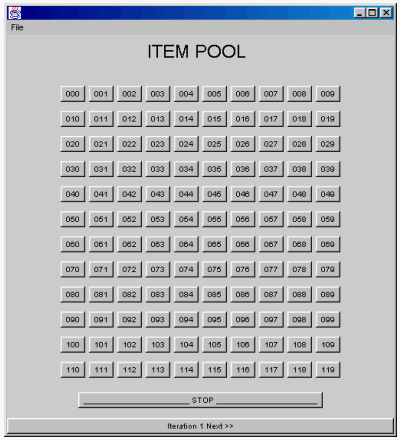 A software multichannel sampler used for selection of "critical" material
A software multichannel sampler used for selection of "critical" material
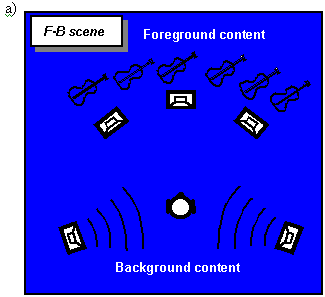
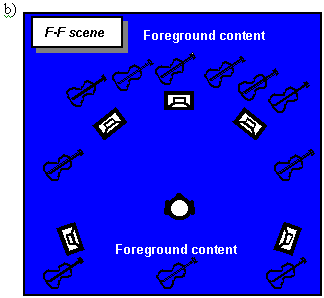
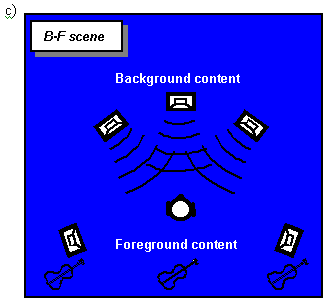
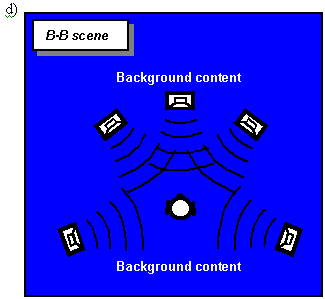
 A software multichannel sampler used for selection of "critical" material
A software multichannel sampler used for selection of "critical" material
